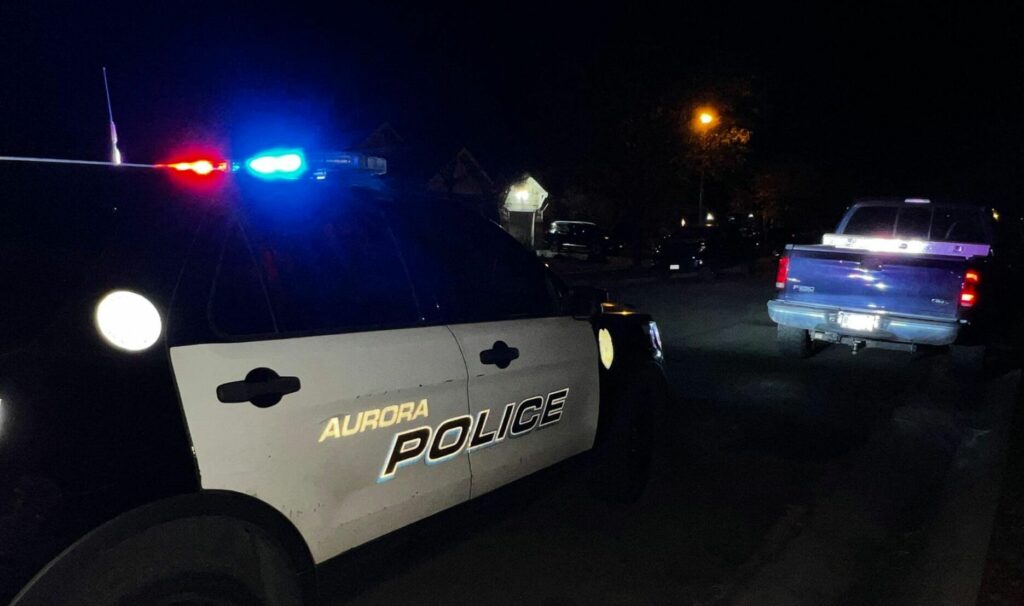Alarming Colorado student test scores call for a crisis plan | Sentinel Colorado

Each spring, students across almost all grades, and across the state, are required to take an ever-changing battery of standardized tests intended to reveal individual and collective academic skills, primarily math, language arts and science.
The generations-old drill of expecting students to try their best and hardest on dull and difficult exams that they know have no meaningful consequence has long been a dull and difficult issue for the public, educators and lawmakers to master.
Most experienced educators admit that the vast majority of students do not put much effort into preparing for or taking these tests, and the results are not in any way an accurate assessment of most students’ academic prowess.
Despite that, there is some value in that the tests are given, pretty much, to all students, and they’re given at about the same time each year.
Like most wary and adept teachers, we’ll stipulate the year-over-year value in the system, despite its lack of accuracy.
That’s where the bad news gets worse.
Like students nationwide, test scores dove during the worst of the pandemic, reflecting an academic malaise that struck nearly every student in the state, and especially those who were already struggling before the pandemic overwhelmed public schools.
Stay up to speed: Sign-up for daily opinion in your inbox Monday-Friday
While the most recent results from students tested last spring – the first time since some normalcy was reintroduced to public schools and attendance – showed tepid progress, the overall picture is dismal.
Student scores before the pandemic were worrisome. Current statewide scores, especially among some schools, communities, demographics and districts, are harrowing.
Consider that in the Cherry Creek schools district, one of the top-testing districts in the state, only about half of all tested students met or exceeded grade-level expectations in language arts, the other half essentially failed.
Despite that alarming news, the district as a whole has improved by a few points since 2019, and the Cherry Creek district tests somewhat better than the statewide average. Simply put, about half of all students across all grades in the district, and the state, flunked their English test.
Even worse are local and statewide math scores, revealing that six in every 10 students flunked a math test.
Again, savvy teachers can assure everyone that the students who failed these tests can actually muster better prowess than the test results indicate, and that the regular process of teaching and assessment is far more accurate. But even generously stipulating all that and boosting scores about 25% across the board, one-in-four students are flunking core skills.
The picture becomes far more grim when you drill down to poorer and minority students. Statewide, Black and Hispanic students scored 24-30 points lower than the already alarming statewide levels than their white or Asian peers.
The gap in scores between students considered living in poverty, and those who don’t, is about the same, 30 percentage points.
Even in a relatively affluent school district like Cherry Creek, only 17% of students tested at Prairie Middle School in Aurora met or exceeded expectations in language arts, and only 8% of students met or exceeded expectations in math.
In Aurora Public Schools, only about 25% of all tested students met or exceeded grade-level standards, and only 15% of those students met or exceeded math standards.
At Aurora West College Preparatory Academy, a mere 6% of students met or exceeded the mark in language arts, and only 1% met or exceeded grade level expectations in math.
Even dismissing the overall accuracy of these tests, as a year-over-year gauge, these numbers are astounding and warrant state and local officials to hit the panic button.
It isn’t that teachers and school systems aren’t working to ensure schools across the Aurora, and the state, aren’t primed and capable of providing quality education. It means that these schools and teachers are overwhelmed and understaffed to take on the challenges they face, especially in light of the great academic recession sparked by the pandemic.
These scores are reflective of a state that ranks near the bottom of all states for spending on public education, even despite some recent gains.
It simply is not enough, and the damage created by students’ widespread lack of core academic skills hurts entire lives and the entire state. Harmed even further are poor and minority students falling even deeper into the so-called learning gap.
State and local lawmakers have a critical duty to not just help sound the alarm in light of all this, they have the duty to come to the aid of schools and turn this around.
Sentinel Colorado Editorial Board
Read the original article here.














